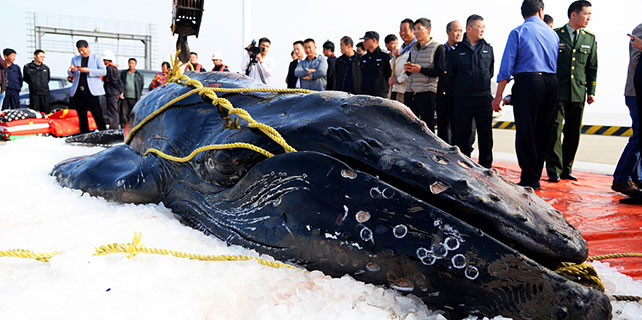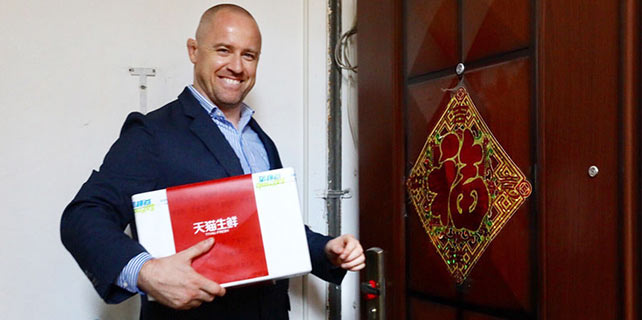New era diplomacy to strengthen ties with CEE countries
Baltics lack clear view of initiative

Magnus Ilmjärv
The Baltic states follow the one-China policy, although occasionally some events cause tension that put their position under doubt. There are four main ports in the Baltics: Klaip da in Lithuania, Riga and Ventspils in Latvia, and Tallinn in Estonia. From 2000 to 2013, the cargo volume in the four ports increased from 97 million metric tons to 132 million tons.
At present, the Russia's Kaliningrad transit via Lithuania, the transit of oil products from Belorussia via Lithuanian, Latvian and Estonian ports, and more widely any transit via the three Baltic states are under threat.
Since Russia has developed its own ports in the Baltic Sea and increased the capacity of the railroad network in Leningrad Oblast, the railroads and ports of the Baltic states have lost a considerable volume of the Russian transit. According to Russia's Federal Agency for Maritime and River Transport, the capacity of goods and cargo in the ports of North-West Russia should increase to 60 million tons by 2020.
An additional cargo of 25 million tons will be rerouted from the ports of the Baltic states. That would mean the Baltic ports will lose about 60 percent of the cargo they have today. Based on previous projections, the Baltic states are actively searching for alternative means of income. One of these is the transit transportation of Chinese, Kazakhstani, Iranian and Belorussian goods.
The transit and logistical potential of the Central and Eastern European countries has so far not been used to its full capacity, especially in terms of the railways and ports of the Baltic states and Poland. The ports of the Baltic states derive their strength from their geographical position-they are a link between Europe and Asia.
As part of the Belt and Road Initiative and the 16+1 mechanism, China will dispatch its capital, expertise and employees to the Baltic states where at present there is the European Union's economic domination, US military presence and influence, and which is a geopolitically important region for the United States. The US, like the EU, has a negative attitude toward the 16+1 mechanism.
Considering that investments in the Baltic markets are dominated by Sweden, Finland, Norway, the Netherlands and Russia, adding one more player would not be in the interest of the financial sectors of these countries. And for the implementation the Belt and Road projects, the European Commission demands that definite rules be introduced.
The lack of historical conflict between China and Estonia, Latvia or Lithuania means that they can put aside ideological considerations and take a pragmatic view of bilateral relations. But since the Baltic states don't have a common vision when it comes to the 16+1 mechanism, there is no action plan that would clearly state the aims and objectives in relation to the initiative.
The author is associated with Tallinn University, Estonia.




















